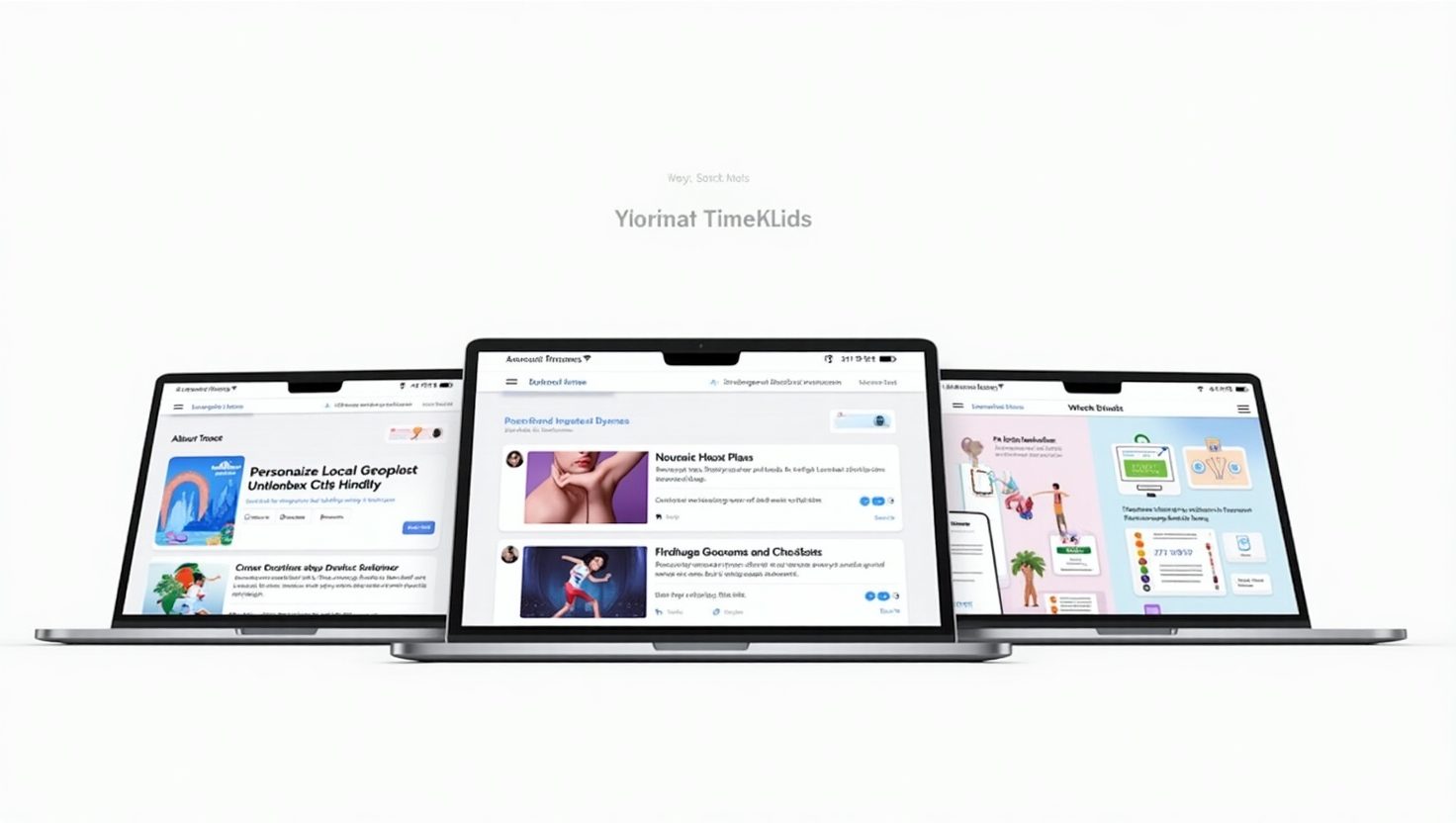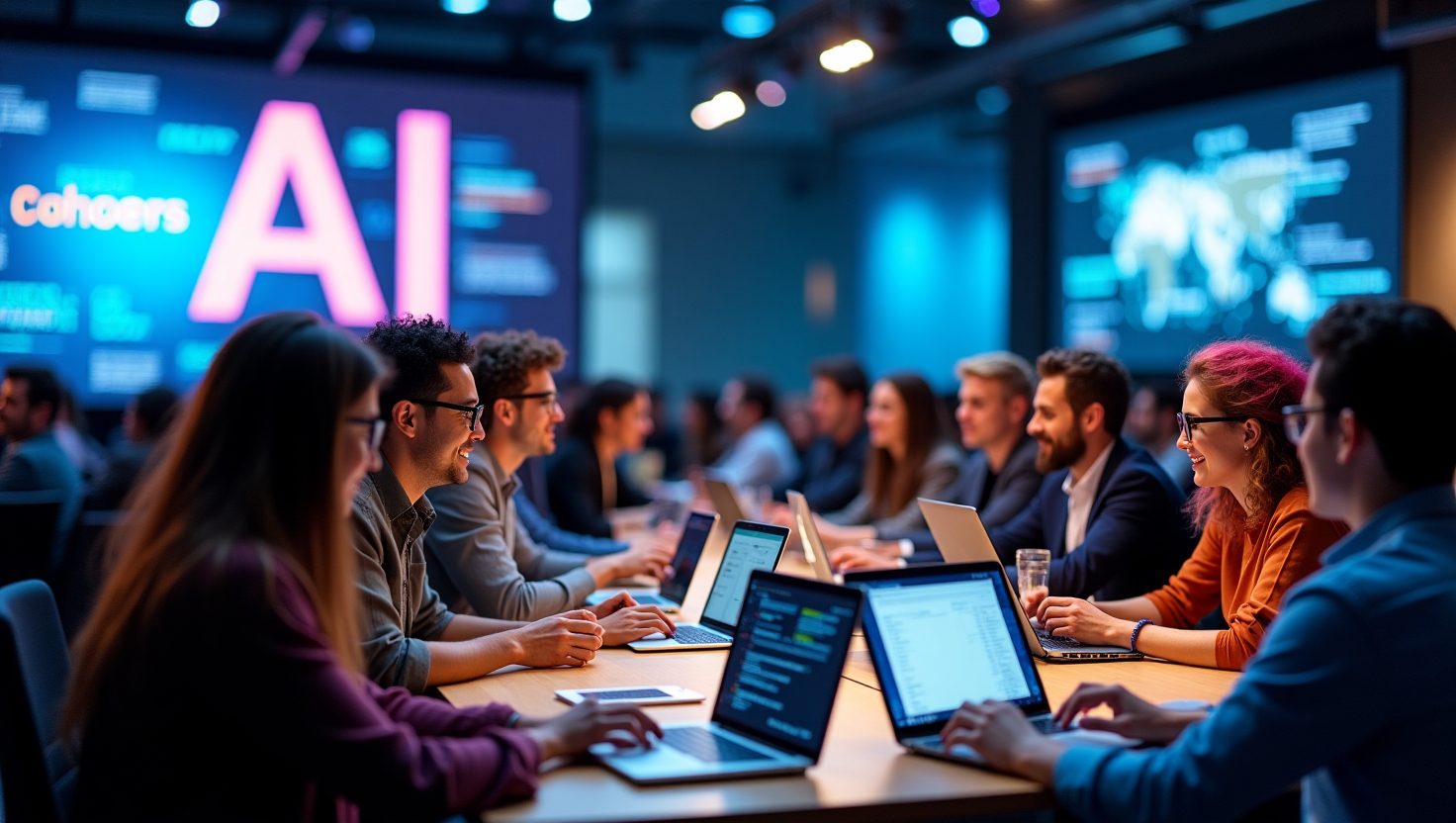“`html
The unveiling of iOS 26 marks a revolutionary step forward in the deployment of Apple’s local AI models, ushering in a new era of app innovation and performance enhancement. At the heart of this transformation is Apple’s groundbreaking Foundation Models framework, which empowers developers by integrating AI capabilities directly within iOS applications.
Without the burden of inference costs, these local models, although smaller than those from industry giants like OpenAI and Google, are enabling developers to reimagine app functionalities. From dynamic storytelling in the Lil Artist app to the insightful spending analyses of MoneyCoach, iOS 26 is harnessing the power of AI to offer personalized, real-time experiences like never before.
As developers increasingly leverage these cutting-edge tools, the future of app design is not only more accessible but also brimming with possibilities, setting a new standard for what mobile experiences can achieve.
“`
“`html

“`
“`html
With the introduction of the Foundation Models framework at WWDC 2025, Apple has presented a significant leap in AI accessibility for developers across their ecosystem. As highlighted by Arima Jain, “With this framework, developers gain access to AI models without worrying about any inference cost.” This statement underscores the transformative potential of Apple’s approach, setting their offerings apart from competitors like OpenAI, Google, and others, who traditionally rely on significant cloud resources and associated costs.
The Foundation Models framework allows these AI tools to be directly embedded within applications on devices running iOS 26, offering a unique advantage in terms of efficiency and cost-effectiveness. By eliminating additional inference costs, developers are empowered to innovate freely, focusing on enhancing user experiences without financial constraints. This approach addresses one of the most significant barriers to AI adoption – the high costs associated with running large-scale models.
Apple’s decision to focus on smaller, more efficient models without sacrificing functionality offers a competitive edge, making their platform more attractive to developers who seek to integrate sophisticated AI capabilities into their applications. This strategic advancement not only supports new apps but also improves existing ones, resulting in richer, more interactive, and personalized user experiences.
Ultimately, the Foundation Models framework positions Apple as a pioneering force in localized AI advancements, fostering a fertile environment for creative app development while simultaneously challenging the larger, more resource-intensive models offered by other tech giants.
Apple’s Foundation Models framework, introduced at WWDC 2025, dramatically enhances AI access for developers across its ecosystem. Arima Jain succinctly captured this impact by stating, “With this framework, developers gain access to AI models without worrying about any inference cost.” This framework sets Apple apart by removing hefty cloud-related expenses seen with other AI services from major companies like OpenAI and Google.
The framework allows AI tools to be embedded within apps on iOS 26 devices, making operations efficient and cost-effective. Developers can focus on crafting enhanced user experiences without the hindrance of high costs. This redefines a major challenge in AI usage: the expensive process of operating large-scale models.
Apple’s approach of building smaller, efficient models without compromising on capability offers a standout advantage. This makes the platform attractive to developers wanting advanced AI in apps without using high resources. The Foundation Models not only help in creating new apps but also improve existing ones, fostering richer and more tailored user interactions.
This new framework positions Apple as a leading force in local AI technology, encouraging creative app development and challenging the large, resource-heavy models of other tech leaders.
“`
The Lil Artist app uniquely capitalizes on Apple’s local AI models to foster a dynamic and immersive learning environment for children. By utilizing these models, the app offers an array of interactive experiences that are not only entertaining but educational. One of the standout features of the Lil Artist app is its emphasis on nurturing creativity through a variety of artistic activities. Children can engage in personalized storytelling, where the AI helps generate unique narratives, encouraging kids to explore their imagination. In addition to promoting creativity, the app also incorporates music learning modules, using AI to facilitate an understanding of rhythms and melodies through interactive gameplay.
“The Lil Artist app offers various interactive experiences to help kids learn different skills like creativity, math, and music.”
This quote encapsulates the essence of the app’s educational approach, which combines fun and learning seamlessly. Furthermore, the incorporation of local AI models ensures that all these features run efficiently on Apple’s devices, providing real-time responses and minimizing latency. By making use of Apple’s localized AI framework, Lil Artist not only enhances user engagement but also remains accessible without the need for extensive resources, thereby setting a benchmark for other educational apps. The intuitive design and adaptive learning strategies within the app make it an indispensable tool for both parents and educators aiming to enrich the educational experiences of young learners.
| Model Name | Company | Size | Capabilities |
|---|---|---|---|
| Apple Local Model | Apple | Small | Used for on-device tasks like personalized storytelling, finance tracking, and educational apps; cost-effective with minimal latency |
| GPT-4 | OpenAI | Large | Advanced language understanding and generation; used for complex tasks involving dialogue, summarization, translation, and more |
| Claude | Anthropic | Large | Focuses on conversational AI with an emphasis on safety and robustness, suitable for detailed and safe interactions and content generation |
| LaMDA | Large | Specializes in conversational abilities, used in Google Assistant and search functionalities | |
| LLaMA | Meta | Large | Designed for research and academic use with a focus on language understanding and text generation |
Apple’s local AI models have been integrated into a range of applications designed to enhance user productivity and provide valuable insights across various domains. One such application in the realm of finance is MoneyCoach, which leverages these AI models to offer users insightful financial tracking capabilities. MoneyCoach not only provides real-time insights into users’ spending habits but also suggests spending categories, helping individuals manage their finances more effectively. This integration of AI into finance tracking ensures that users can make informed decisions with immediate feedback on their financial activities.
In the sphere of personal fitness and health, the SmartGym app stands out by using local AI models to deliver personalized workout descriptions and summary reports. By analyzing user data, SmartGym provides tailored fitness recommendations and tracks progress, making it easier for users to achieve their fitness goals. This use of AI in productivity applications demonstrates how localized AI models can offer seamless and personalized user experiences without the need for extensive cloud-based processing.
Beyond finance and fitness, other apps have embraced Apple’s AI capabilities to foster productivity and learning. LookUp, a language learning app, utilizes AI for generating word examples and origin maps, which aids in effective word learning by providing contextual understanding. Meanwhile, Zoho employs local AI models for tasks like summarizing, translating, and transcribing, thereby boosting productivity through efficient data handling.
These examples underscore the versatility and power of Apple’s localized AI models in enhancing the functionality of iOS apps. From finance tracking with MoneyCoach to advanced word learning systems in LookUp, developers are continuously pushing the boundaries of what these models can achieve, leading to more productive and insightful applications for users.
“`html

“`
“`html
The future possibilities with Apple’s AI models on iOS 26 are vast and promising, heralding a new era in app development and user experience. With the much-anticipated launch, developers and users alike stand on the brink of innovation as these models promise to redefine the scope and scale of app functionalities.
One significant area of opportunity lies within personalized user experiences. By harnessing the computing power of Apple’s local models, apps can adapt in real-time to user preferences and behaviors. Imagine fitness apps that suggest workouts based on not just past activities but in conjunction with real-time health data from wearables, or music apps that generate playlists based on the user’s current mood, detected via biometric measures taken through their devices.
Moreover, Apple’s integration of AI models into creative applications can transform digital art and content creation. These models can allow artists to explore new dimensions of creativity, offering tools that assist in generating visuals in various artistic styles or even composing music collaboratively with AI. This could unlock unprecedented collaboration between humans and machines in artistic domains.
The expansion of these models could also revolutionize augmented reality (AR) and virtual reality (VR) applications. Enhanced by AI-powered insights, AR experiences could offer more sophisticated overlays on real-world environments, while VR could become more immersive by simulating real-world conditions more accurately or creating entirely new, dynamic virtual realms.
In education, apps powered by these models could cater to individual learning styles by dynamically adjusting content delivery, thereby creating personalized educational pathways for students. This aligns with a broader trend towards adaptive learning that uses AI to make education more engaging and effective.
Overall, as developers leverage Apple’s Foundation Models framework further, the scope for creating apps that go beyond current capabilities seems boundless. By reducing the dependency on cloud-based resources and focusing on-device processing, the future is set for enhanced privacy, performance, and innovation in app development. This could position Apple as not only a leader in device manufacturing but also a prime enabler of futuristic AI applications.
To add depth to this expansive vision, developer Aman Jain shared their perspective, stating, “Loving Foundation Model access on iOS 26, so many possibilities. These models have provided us not just with a toolkit, but a canvas upon which we can paint new experiences. The opportunity to create apps that intuitively adapt and respond to users in real-time is something I believe will reshape user interactions fundamentally.” This insight underscores the eagerness and creativity that Apple’s AI models are inspiring among developers, paving the way for a future where app interactions are personalized and dynamic, blurring the lines between technology and human intuition.
“`
“`html
In conclusion, the introduction of local AI models within iOS 26 has marked a transformative milestone in app development and user engagement. Through the Foundation Models framework, Apple provides developers with a robust platform that rivals larger models from industry leaders like OpenAI and Google, but without the hefty inference costs. This strategic move empowers app creators with refined tools that enhance user experiences, enabling apps such as Lil Artist, MoneyCoach, and SmartGym to deliver personalized, efficient functionalities directly on the device. The implications extend beyond immediate user benefits, presenting a compelling case for long-term innovation by promoting privacy, reducing reliance on cloud resources, and enabling real-time processing. As Apple continues to push the boundaries of AI, its local models pave the way for an era of smart, seamless, and imaginative experiences that promise to redefine the landscape of mobile technology and solidify Apple’s role as an architect of the future of AI-driven applications.
“`

Apple’s local AI models have been integrated into a range of applications designed to enhance user productivity and provide valuable insights across various domains.
One such application in the realm of finance is MoneyCoach, which leverages these AI-powered apps to offer users insightful financial tracking capabilities. MoneyCoach not only provides real-time insights into users’ spending habits but also suggests spending categories, helping individuals manage their finances more effectively with the help of on-device processing. This integration of AI into finance tracking ensures that users can make informed decisions with immediate feedback on their financial activities.
In the sphere of personal fitness and health, the SmartGym app stands out by using local AI models to deliver personalized workout descriptions and summary reports. By analyzing user data, SmartGym provides tailored fitness recommendations and tracks progress, making it easier for users to achieve their fitness goals. This use of AI-powered apps in productivity applications demonstrates how localized AI models can offer seamless and personalized user experiences without the need for extensive cloud-based processing.
Beyond finance and fitness, other apps have embraced Apple’s AI capabilities to foster productivity and learning. LookUp, a language learning app, utilizes AI for generating word examples and origin maps, which aids in effective word learning by providing contextual understanding. Meanwhile, Zoho employs local AI models for tasks like summarizing, translating, and transcribing, thereby boosting productivity through efficient on-device processing.
These examples underscore the versatility and power of Apple’s localized AI models in enhancing the functionality of iOS apps. From finance tracking with MoneyCoach to advanced word learning systems in LookUp, developers are continuously pushing the boundaries of what these models can achieve, leading to more productive and insightful AI-powered applications for users.
“`html
For more detailed insights on the announcements and innovations presented at WWDC 2025, you can visit the official WWDC 2025 page.
“`
When comparing Apple’s approach to AI with Google’s strategy, it becomes evident that both tech giants are paving distinct paths in the AI landscape. Apple, through the introduction of local AI models in iOS 26, emphasizes on-device processing and privacy, allowing for more personalized and real-time user experiences without extensive reliance on cloud resources. This approach not only reduces latency but also enhances privacy as data processing occurs on the user’s device.
In contrast, Google primarily leverages powerful cloud-based models like LaMDA, capable of handling complex tasks through substantial computational resources. Google’s strategy focuses on expanding the capabilities of AI in cloud operations, enabling vast processing power and centralized AI services. Both strategies illustrate the broader competition in AI innovation, highlighting the different priorities and technological pathways chosen by these leading companies.




